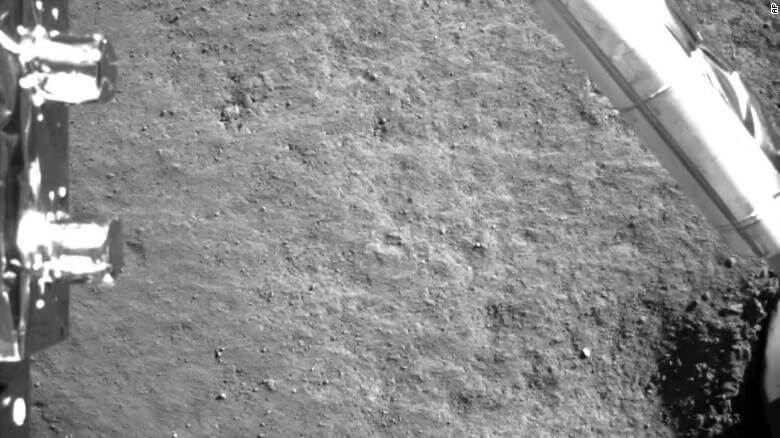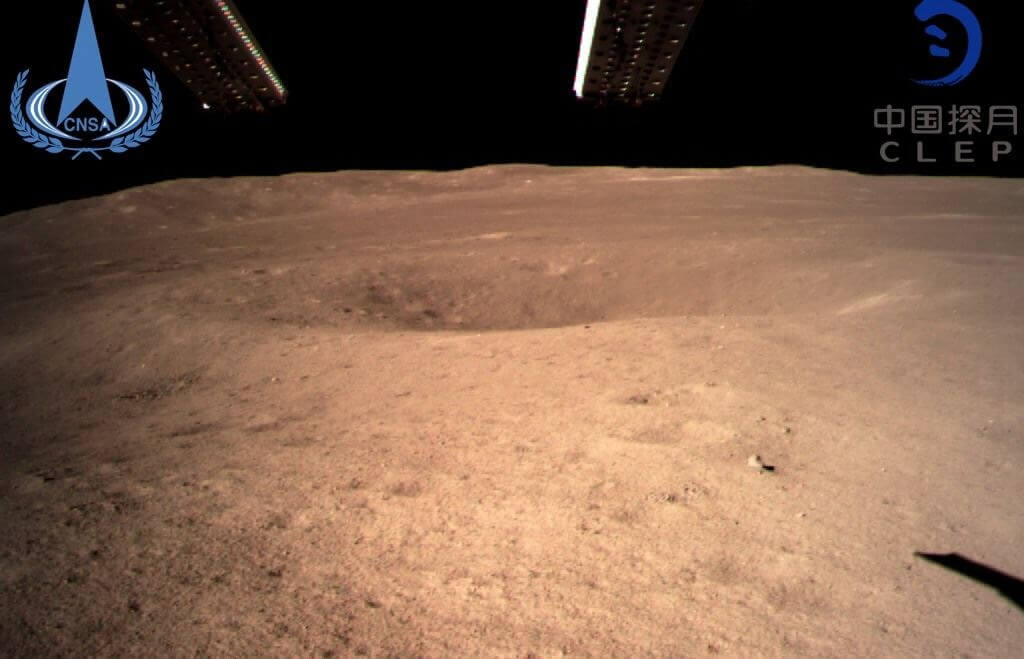Why it matters: China's state media has announced that the country has landed a spacecraft on the far side of the moon, making it the first nation to achieve the feat. The un-crewed Chang'e-4 probe touched down at 10:26 a.m. Beijing time on Thursday in the South Pole-Aitken Basin.
China's National Space Administration (CNSA) landed the craft in the basin's Von Kármán crater---the oldest and deepest crater on the moon's surface. The country said it "opened a new chapter in human lunar exploration."
"The whole process was as expected, the result was pretty precise, and the landing was very stable," said Sun Zezhou, chief designer of the probe.
"The current landing location is our most ideal landing place, in other word, we are right on target."

As the moon is tidally locked, one side always faces away from Earth---the far side. The lack of a direct line of sight with our planet means it's difficult to receive radio signals sent from robots on the far side, which is why nobody's ever been able to land there before. But China got around this by launching a satellite last May that acts as a relay between the lander and Earth.
What does the far side of the moon look like?
--- China Xinhua News (@XHNews) 3 January 2019
China's Chang'e-4 probe gives you the answer.
It landed on the never-visible side of the moon Jan. 3 https://t.co/KVCEhLuHKT pic.twitter.com/BiKjh7Fv22
Despite Congress barring Nasa from working with China over national security concerns, experts at the American space agency called the landing "a first for humanity and an impressive accomplishment."
Chang'e-4 is set to carry out a number of experiments while on the moon, including planting potatoes and other seeds, low-frequency radio astronomy tests, and looking for water and other resources at the poles.
China has said it wants to become a leading power in space exploration alongside Russia and the US. The country plans to start building its own space station next year, which it hopes to be operational by 2022.
